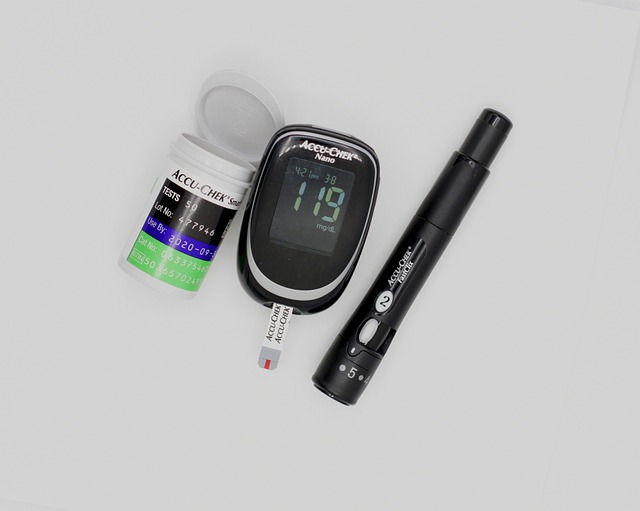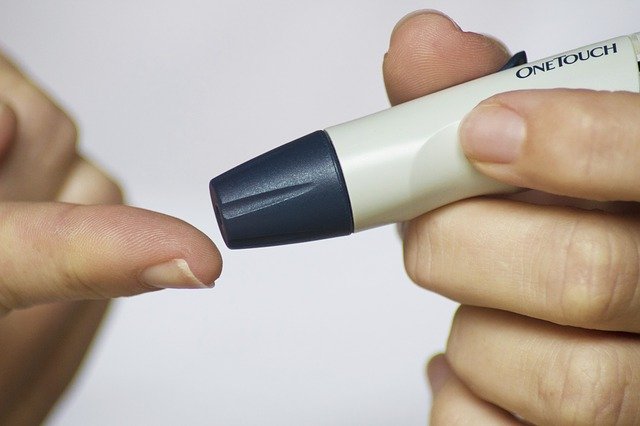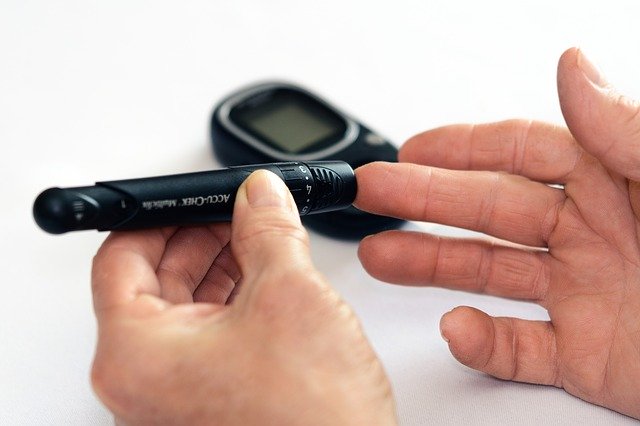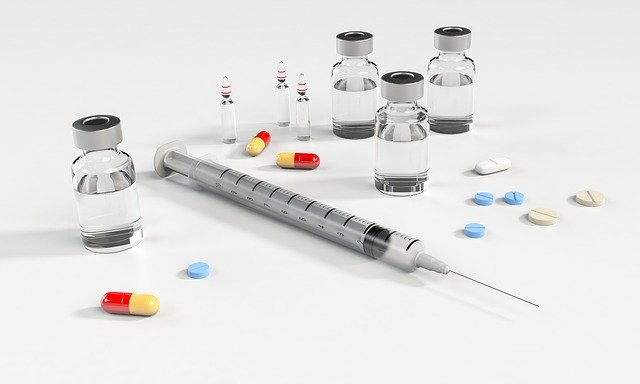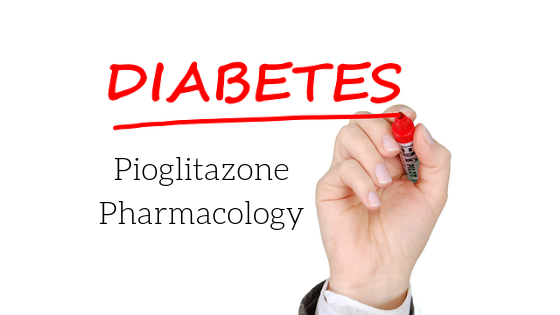Podcast: Play in new window | Download (Duration: 17:54 — 24.6MB) | Embed
On this episode, I discuss insulin glargine pharmacology. Insulin glargine is a long-acting insulin that has the common brand names Lantus, Basaglar, and Toujeo. Due to the pharmacology of insulin glargine, it provides a baseline coverage of insulin. It cannot manage acute elevations in blood glucose like target-specific meals. Instead, insulin glargine is used to decrease blood sugar throughout the day.
It is normally dosed once a day, and sometimes a patient will have another type of insulin that’s rapid-acting, like Humalog. The daily insulin dose will vary, but it’s frequently a 50/50 split between long-acting, and rapid-acting. Dosing of insulin glargine in Type 2 diabetes is usually started at 10 units, but that can vary based on the patient or pertinent clinical data. Whenever doses need to be changed, it’s typically done in the range of 3-7 day intervals. Generally, when dose increases are desired, and the risk for hypoglycemia is low, a 10-20% increase is mostly what’s done. When converting between different types of insulin, the majority are 80% to 1:1 equivalent. Clinical monitoring is vital with any conversion.
Insulin glargine is best suited in long-acting situations due to its formulation. Its solubility varies at different levels of acidity. The pH of the injected solution is 4, where insulin glargine is completely soluble. When the solution is at physiological pH, around 7.4, micro-precipitations can form causing small amounts of insulin glargine to be released over 24 hours. The onset of action of insulin glargine is roughly 3-4 hours, and hypoglycemia is not an immediate concern because of this. If a medication error occurs with insulin glargine, it likely wouldn’t be noticed immediately due to its kinetics. For rapid-acting insulin like Humalog, it would be noticed more quickly.
Monitoring for insulin glargine is individualized, but it’s generally done through measuring A1c levels. Serum potassium levels can also be monitored, but with longer-acting insulins, it is less of a concern. The most common adverse reactions of insulin glargine are hypoglycemia, weight gain, peripheral edema, and immunological reactions. Drug-drug interactions aren’t a large concern with insulins, due to the amount of monitoring of patients on them. There are risks of potentiation of hypoglycemia or masking of the signs and symptoms of hypoglycemia. With diabetic patients, the compounded risk of hypoglycemia might be greater if they’re taking other medications like metformin, GLP-1 agonists, sulfonylureas, SGLT2 inhibitors, etc. Some other drugs that can increase the risk of hypoglycemia are quinolone antibiotics, B-blockers, or thiazide diuretics. The efficacy of insulin glargine can also be decreased by corticosteroids, stimulants, antipsychotics, or transplant medications.
In cases of overdose, because of the pharmacology of insulin glargine, hypoglycemia is common. The milder cases of hypoglycemia can be treated with oral carbohydrates, and simply adjusting the dose, meal patterns, or exercise may suffice. In severe cases of hypoglycemia, coma, seizure, or neurologic impairment may occur. Symptoms of severe hypoglycemia can be treated with glucagon or glucose and these patients typically need to be hospitalized. Once an overdosed patient recovers from hypoglycemia, clinical observation, and carbohydrate intake may be necessary to avoid recurrence.
Show notes provided by Chong Yol G Kim, PharmD Student.
Be sure to check out our free Top 200 study guide – a 31 page PDF that is yours for FREE!
Support The Podcast and Check Out These Amazing Resources!
Meded101 Guide to Nursing Pharmacology (Amazon Highly Rated)
Guide to Drug Food Interactions (Amazon Best Seller)
Pharmacy Technician Study Guide by Meded101
Resources
Paragraph 1: taken from podcast
Paragraph 2: taken from podcast
Paragraph 3: pH solubility (https://go.drugbank.com/drugs/DB00047#mechanism-of-action), medication error taken from podcast
Paragraph 4: taken from podcast, ADRs taken from Lexicomp
Paragraph 5: overdose information (“FDA Approved Drug Products: Lantus (Insulin glargine) for subcutaneous injection”)

